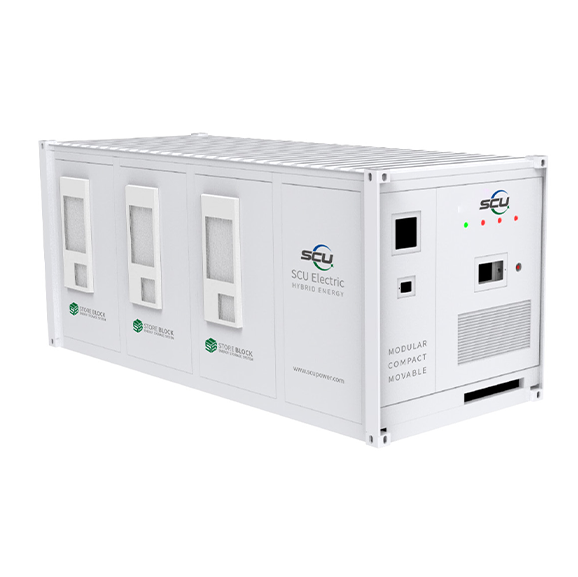What is a hybrid inverter?
A hybrid inverter is a power inverter that can handle different types of power sources and energy storage systems, commonly used in solar power systems and battery storage systems. This inverter has two main functions:
Solar inverter function: The hybrid inverter can convert the direct current (DC) generated by the solar photovoltaic panel into alternating current (AC) for use in homes or industrial equipment. This is a crucial step in integrating solar energy into the power grid.
Battery storage management function: The hybrid inverter also has the function of managing the battery storage system. It can store excess solar power in the battery and then release the stored energy as power when needed to meet the user’s power demand. This helps maximize the utilization of solar energy and provide power backup.
The advantages of hybrid inverters include higher energy efficiency, energy storage and backup power functions, and better power quality management. These inverters are commonly used in distributed energy systems such as residential solar power systems and commercial/industrial applications, enabling smooth switching between different energy sources to ensure reliable power supply.

The difference between solar inverters and hybrid inverters
As we all know, the design purpose of an inverter is to convert DC power to AC power. It is worth noting that to harness the power generated by panels, a solar inverter is definitely needed. Solar inverters and hybrid inverters are widely used for converting solar photovoltaic energy into electricity. Some hybrid inverters can even combine solar and wind energy, or off-grid and grid-tie systems. The broad definition of a solar inverter is not just an inverter. It is not easy to explain its purpose literally, as there are differences in their scope of use, such as functions, structures, technologies, and even appearance designs. For example, a solar inverter can be a pure sine wave inverter/modified sine wave inverter, off-grid solar inverter or grid-tie solar inverter, single-phase solar inverter or three-phase solar inverter, and so on. So, we can simply understand it as an inverter that connects to a photovoltaic solar system, which is a solar inverter.
Moreover, in the usage habits of most areas, a solar inverter is more commonly referred to as a battery backup inverter or a battery inverter, where the electric energy converted from solar photovoltaics is stored by a battery pack. Later on, all the electricity is provided to the AC/DC load from the battery end through the connected inverter. In other words, a solar inverter with a battery transfers electrical energy from the charger to the load or the grid. And most backup battery inverters can provide AC power in case of power interruptions or blackouts.
On the other hand, a hybrid inverter is an upgrade based on the solar inverter. It includes the functionality of a solar inverter, converting DC to AC, and adds an built-in solar controller such as MPPT or PWM types. Therefore, accurately speaking, a hybrid inverter is a solar inverter with a built-in charge controller. It can also be a combination of off-grid and grid-tie inverters in one machine, which matches the description you mentioned as a hybrid inverter.
